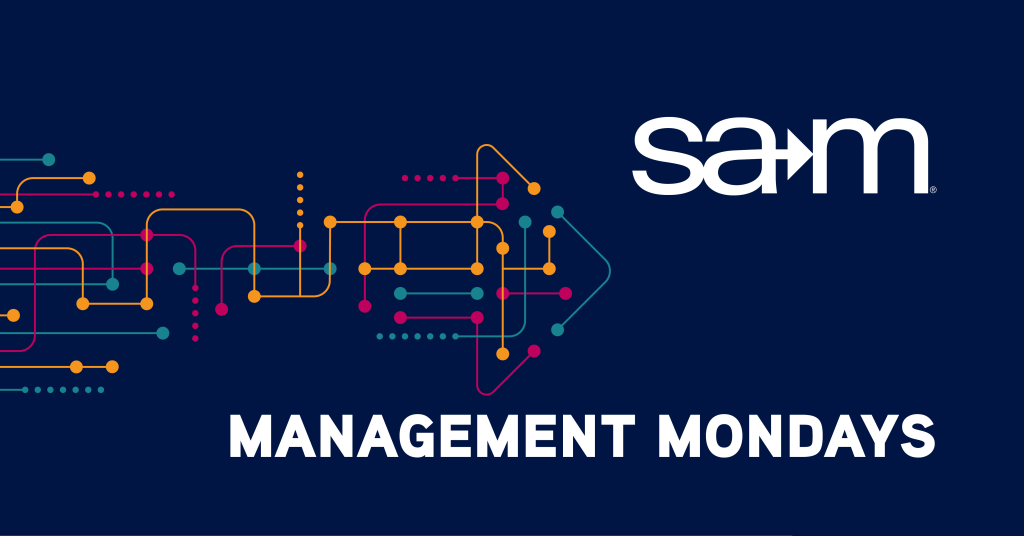
Managers often believe progress starts with tackling their biggest, most complex task. But in reality, the fastest path to momentum often begins with the smallest possible action. The phrase “swallow the minnow” captures this idea by encouraging leaders to begin their day or initiative with something quick, clear, and manageable. It may not be impressive at first glance, but it creates a fast psychological shift. By finishing a task early, you engage your focus and send a message to yourself that progress is already happening. That momentum can carry you into larger challenges with renewed energy and clarity. When small wins come first, they prepare the mind to handle bigger work more effectively.
This approach is especially powerful in the context of a manager’s busy, unpredictable day. There are always large priorities on the horizon, but starting with a simple win helps ease you into action. It clears mental fog and replaces hesitation with a sense of motion. That initial task might be confirming a meeting, responding to a message, or outlining your next decision. It is not about lowering the bar. It is about recognizing how small forward steps improve your ability to stay on track. By setting the tone early, you shift from feeling overwhelmed to feeling capable and in control.
Momentum Over Mastery
A common trap in leadership is the belief that everything must be mastered before anything can begin. Managers may delay action until they feel fully prepared, well-researched, and supported by the perfect plan. The truth is, this mindset leads to stagnation. Trying to perfect every detail up front often results in no progress at all. It creates pressure to produce flawless outcomes before taking the first step. But real leadership is rarely about perfect beginnings. It is about steady motion and a willingness to engage while still learning. Swallowing the minnow helps move you out of perfectionism and into progress.
The power of momentum lies in how it builds on itself. When you complete one task, even a small one, your brain is more willing to stay in motion. One conversation leads to another. One problem solved makes the next less intimidating. Leaders who practice this pattern are better at moving through resistance. They avoid becoming stuck in analysis and instead create systems that keep the work flowing. Each small action helps reinforce a sense of direction and purpose. It is not about making a splash. It is about creating steady ripples that lead to results.
The Psychology of Small Wins
The reason this approach works so well is rooted in how our brains respond to progress. Small wins generate a positive emotional response that builds confidence and momentum. When you complete a task, your brain releases dopamine, which reinforces the behavior and makes future effort more appealing. That simple feeling of accomplishment can dramatically improve your focus and mood. It also strengthens your belief in your own effectiveness. This cycle is not just motivational—it is biological. And for leaders managing constant demands, any strategy that promotes clarity and motivation deserves attention.
The impact goes beyond the individual. Leaders who work in a rhythm of small, consistent wins often create a more productive and trusting team environment. Their steady approach helps reduce anxiety for those around them. Teams mirror what they see. When managers demonstrate that small progress counts, others feel encouraged to act rather than wait. This creates a culture where motion is normal and procrastination loses its grip. In time, the entire team becomes more responsive and confident. The habit of beginning with small wins creates shared momentum across the organization.
How to Spot Your “Minnow”
The first step in using this approach effectively is learning how to recognize your minnows. These are not distractions or filler tasks. They are small but meaningful actions that help you move real work forward. A minnow might be preparing a simple agenda, reviewing a document, or replying to a decision request. It could be a check-in message to a team member or spending five minutes organizing a project file. The common thread is that it is something you can start and finish quickly. It should also be something that helps lower resistance for your next move.
Consider building a short daily habit around identifying your first task. Before diving into complex work, pause and look for the most accessible step that connects to a larger goal. It might feel like a warm-up, but it serves a strategic purpose. This is not about doing something easy just to avoid the hard stuff. It is about giving yourself a clear, quick win that sets a better tone for the rest of the day. Once that small task is completed, you can approach bigger challenges with a calmer mindset and greater momentum. That is the difference between reacting and leading with intention.
A Leadership Tool That Signals Action
What you choose to do first each day sends a message. When leaders begin with clarity and motion, their team feels it. They notice the rhythm. They take cues from your behavior. A leader who opens the day with a focused, achievable step shows others how to begin without feeling overwhelmed. When that becomes consistent, your team begins to adopt the same habit. This reduces team hesitation and helps people get unstuck more quickly. It lowers the pressure to be perfect and raises the focus on what is possible right now.
This approach becomes especially valuable in times of uncertainty or organizational change. Small wins offer stability when bigger goals feel distant or unclear. They help restore confidence without requiring dramatic solutions. For a manager, this is more than a personal productivity tool. It is a leadership practice that improves the team’s ability to adapt and keep moving. Over time, your team learns that forward motion matters more than flawless execution. That lesson becomes embedded in the culture, helping the entire organization stay agile and engaged.
Final Thoughts
Getting started is often the hardest part of leadership. There is always a long list of responsibilities, but waiting for the perfect moment or ideal conditions only delays progress. Choosing to begin with a small, deliberate action is a simple but powerful way to break that pattern. When you swallow the minnow, you create motion. That motion builds into confidence, and that confidence becomes momentum. Leadership is not about tackling everything at once. It is about knowing where to begin and creating the conditions that make progress possible.
In the long run, success in leadership is shaped by habits. Starting small is not a shortcut it is a strategy. Managers who apply this approach consistently discover that small, early wins often lead to the biggest breakthroughs. Teams feel more energized, leaders feel more grounded, and the organization moves with greater purpose. The next time your day feels heavy or your priorities feel tangled, look for the smallest step forward. Take it. That one small action could be the spark that moves everything else.
If the idea of starting with a small win helped shift your thinking, now is the time to build your change leadership toolkit. Our course, Leading and Managing Change, offers a practical guide for managers navigating real organizational shifts. Whether you are rolling out a new system, resetting team priorities, or addressing resistance, this course gives you the tools to lead with confidence.
Starting with a small action can create powerful momentum, but sustained change requires structure, communication, and trust. This course introduces you to proven models like Kotter’s Eight Steps and Lewin’s Change Model, while also addressing the human side of change. You will learn how to anticipate resistance and foster buy-in across your team to keep progress moving forward.
Enroll today in Leading and Managing Change and receive a 20% discount if you’re a SAM member.
Leading change does not require a perfect plan. It begins with the courage to take the first step and the skills to guide others through every step that follows.

Written By,
Patrick Endicott
Patrick is the Executive Director of the Society for Advancement of Management, is driven by a deep commitment to innovation and sustainable business practices. With a rich background spanning over a decade in management, publications, and association leadership, Patrick has achieved notable success in launching and overseeing multiple organizations, earning acclaim for his forward-thinking guidance. Beyond his role in shaping the future of management, Patrick indulges his passion for theme parks and all things Star Wars in his downtime.
